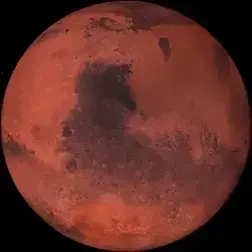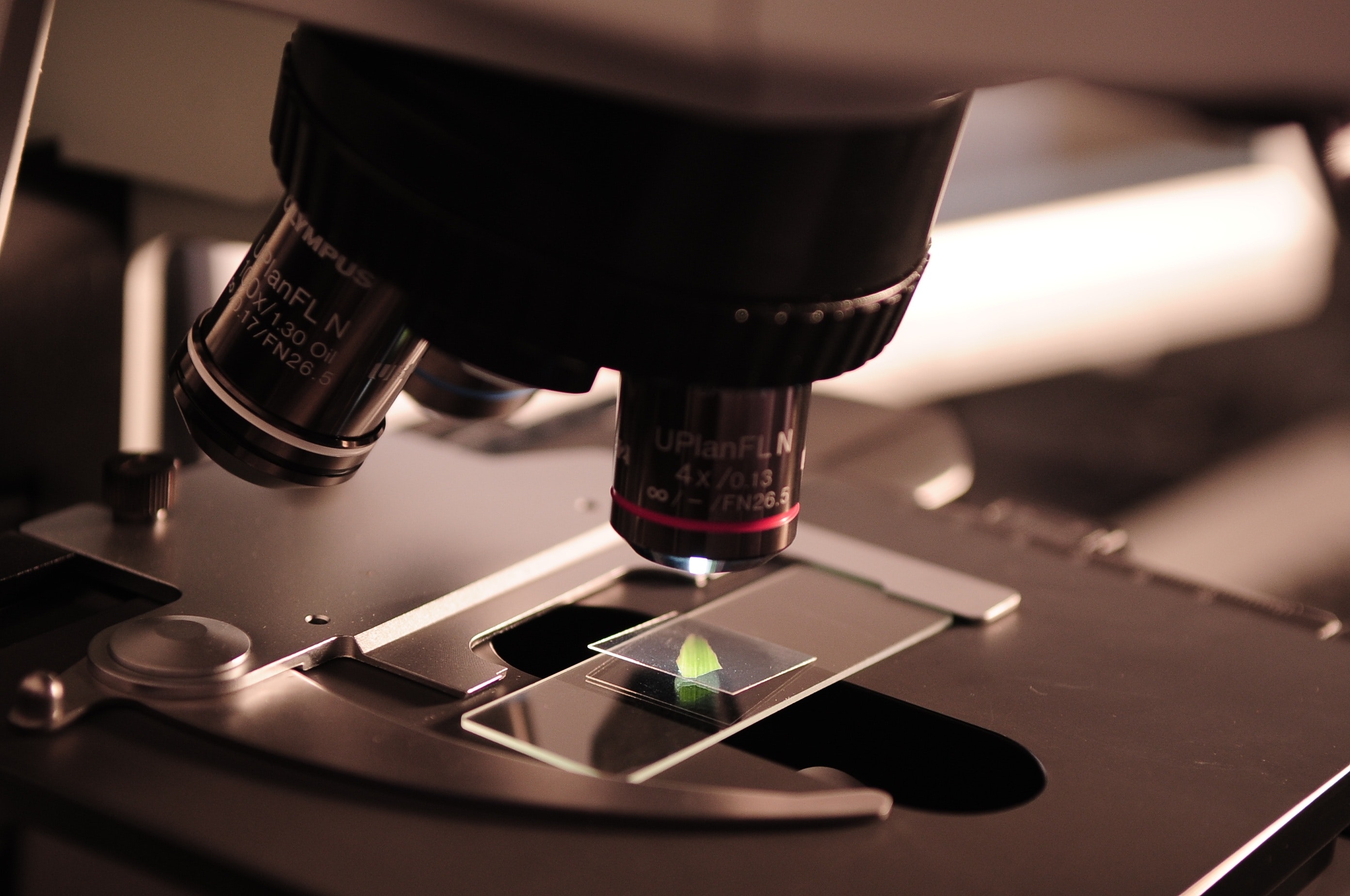

deleted by creator


deleted by creator


A good photo of the caterpillar would help. See if Pieris rapae - Cabbage White caterpillar looks similar.


A fundamental prediction of relativistic cosmologies is that, owing to the expansion of space, observations of the distant cosmos should be time dilated and appear to run slower than events in the local universe. While observations of cosmological supernovae unambiguously show the expected redshift-dependent time dilation, this has not been the case for other distant sources. source (the Nature article)


Links to at least a source:
Park solar probe
3D Maat Mons from Magellan data
Venus Express
Mariner 10
An image is only worth a thousand words if you know what you are looking at.


They witnessed the ticks being readily pulled through the air across air gaps of several millimetres or centimetres
That is kind of awesome.


This was on NANOGrav’s site: Scientists use Exotic Stars to Tune into Hum from Cosmic Symphony and NASA’s


In the case of bees, Neonicotinoids are a particular problem.
Edit: Another article


I don’t know if this helps but starting at roughly 39:00 of this Fermilabs lecture the lecturer mentions that lighter the dark matter particle is more wave like it behaves and so you have to imagine like a “fluid” of waves that can be macroscopic.
At the moment it doesn’t look like they can. The paper is looking for two things that could make the objects “dark stars”. The stars would look like point objects because they would be below JWST’s angular resolution. The second is spectroscopic data which the writers don’t have:
The paper’s conclusion summarizes what they are looking for in the lines:
EDIT:
I will add from the paper: